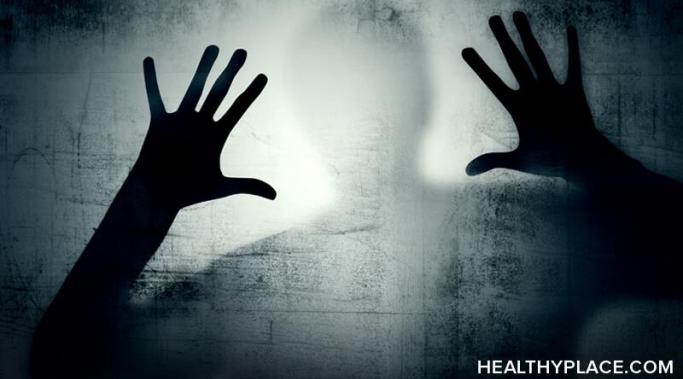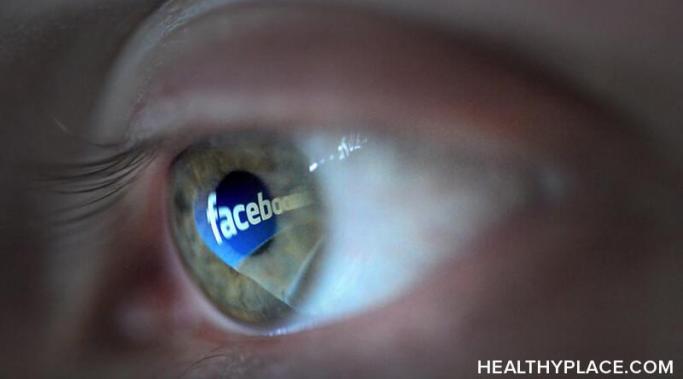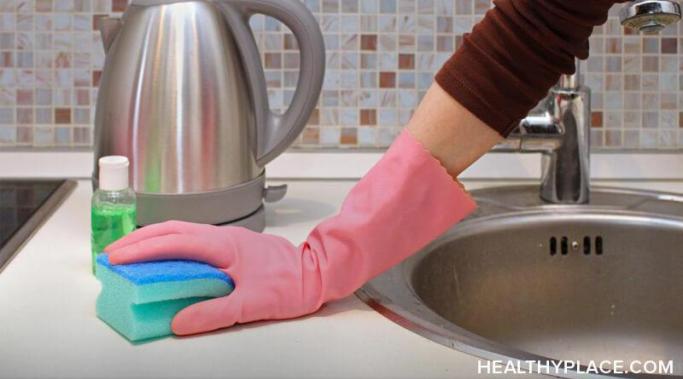Symptoms of dissociation can be terrifying. One night, I had horrific acute, prolonged panic symptoms, and in an out-of-body utter state of confusion, I looked at my husband and asked, "Are you going to have me committed?"
Anxiety Management – Anxiety Schmanxiety
Growing up, I left the room when my parents turned on the nightly news. I had no interest. Besides, it was all bad news, or so it seemed: wars, fires, shootings, murders, robberies, injustices, bickering politicians, and so on. No, thank you, I had anxiety around the news.
Nobody likes cleaning. Wait. That's not right, because I've known people who enjoy cleaning as it provides a sense of accomplishment or something else I can't comprehend. Not me. I hate cleaning. I especially hate the big jobs. They give me anxiety. Of course, I procrastinate, the job gets bigger, and my anxiety increases. So, I procrastinate some more. And I do it again and again. It is a circle of procrastination and anxiety that eventually must be tackled.
I wrote many blog posts this past year about my struggles late last summer with weeks of acute panic and anxiety that left me traumatized. I attended weekly therapy and worked hard for almost a year to get to a point where I could finally revisit the place where the worst of the trauma occurred, which I did, successfully. With that said, I'm wondering if therapy still makes sense for me.
For almost a year, I have been going to therapy to work through the trauma associated with the debilitating episodes of acute panic and anxiety I suffered late in the summer of 2021. In recent weeks, I have been practicing my anxiety-mitigation strategies and testing my resilience to anxiety triggers in preparation for a return to the location where the apex of the episodes occurred. With extreme gratitude, I'm happy to say that revisiting the place was a tremendous success.
I've considered suicide in the past, several years ago. More recently, I've had disturbing intrusive thoughts. Having experienced—and survived—both, I know how intrusive thoughts can easily bleed into thoughts of suicide. (Note: This post contains a trigger warning.)
On August 10, 2022, I wrote about how I reached a milestone in my trauma recovery, specifically, how I managed through a potentially high-triggering event without incident. The most significant milestone will arrive this weekend when I return to where the worst part of the trauma occurred. I'm trying to be proactive in my preparations by taking stock of the panic- and anxiety-mitigation tools I have at my disposal.
Almost a year ago to the day, I crashed headlong into weeks of crippling panic and anxiety attacks that left me terrified and traumatized. I sought out and found a trauma therapist who could help me get beyond the trauma so I could be myself and get back to living. I'm delighted to say that last week, I reached a significant milestone in my trauma recovery.
It's been over a year since I said goodbye to my sweet pup, Cannelle, a cocker spaniel. I adopted her when she was 18 months old and was blessed to have her by my side for 13 years. Throughout that time, Cannelle helped me in ways that she, of course, could not comprehend. My pup helped me through bouts of mental illness, among other things.
Like most people, when I'm having a hard cry—which can be very emotional, sometimes overwhelming—I do a double intake of breath. It's like a hiccup, but not. My therapist told me that this is called the physiological sigh and that it helps reduce stress by balancing oxygen and carbon dioxide levels in our bodies.









